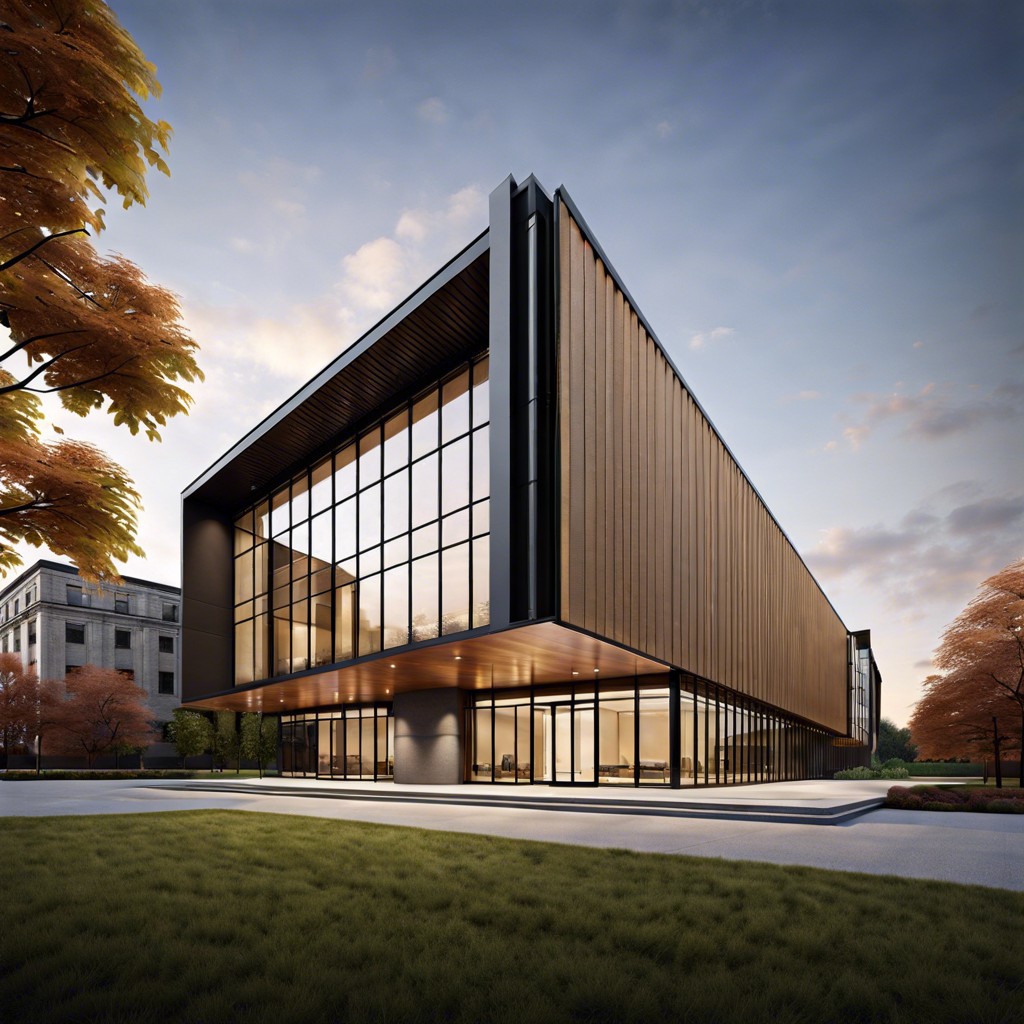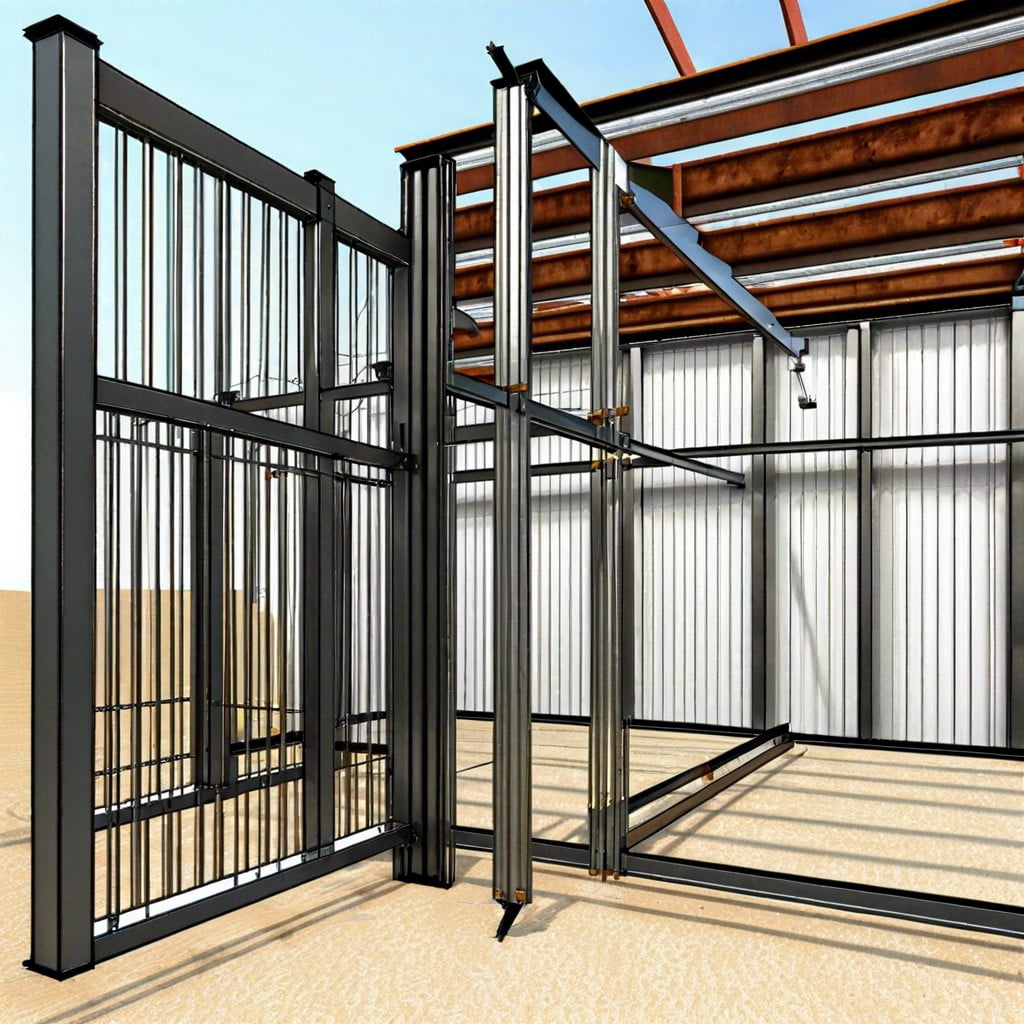Discover the step-by-step process of installing a ceiling in a metal building for an efficient and aesthetically pleasing outcome.
Installing a ceiling in a metal building is a straightforward process that can significantly enhance the functionality and aesthetic appeal of your space. This article will guide you through the necessary steps, from selecting the appropriate materials to the actual installation process.
We’ll delve into the specifics of framing, insulation options, and the ideal type of ceiling panels for metal buildings. Whether you’re working on a residential or commercial project, this comprehensive guide aims to provide you with all the information you need to successfully install a ceiling in your metal building.
Key takeaways:
- Inspect the beam for any defects before installing the ceiling.
- Position the beam centrally for even weight distribution.
- Use a level tool to ensure the beam is perfectly horizontal.
- Secure the beam in place with screws or welding.
- Cut metal panels to precise measurements for a seamless fit.
Preparation of the Ceiling Beam for Metal Building Installation
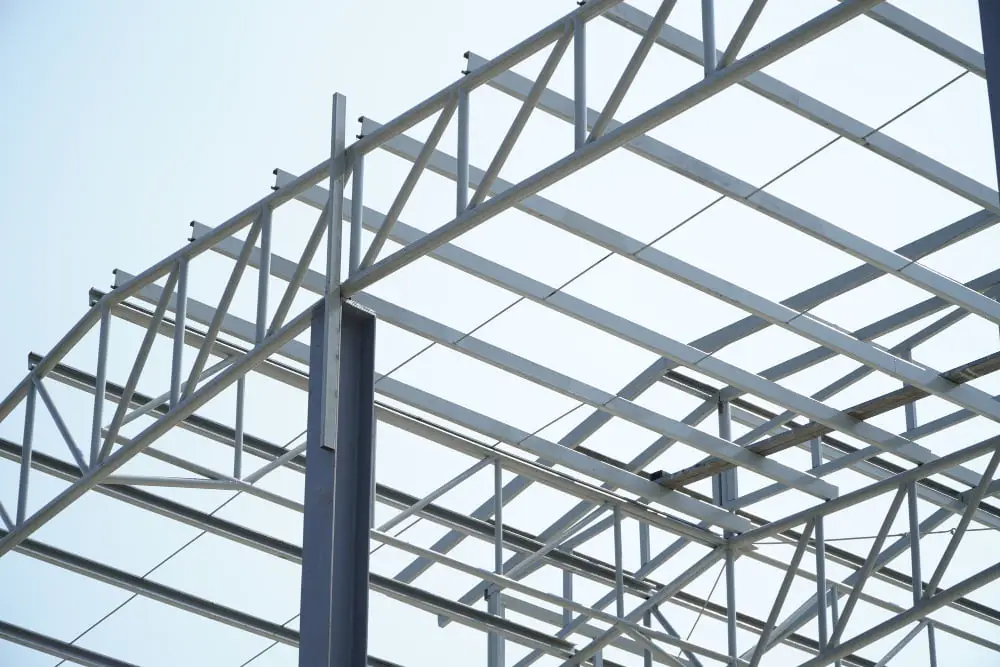
Preparation is paramount to achieving the perfect, sturdy ceiling in your metal building. Begin with procuring a sturdy beam, made either from wood or steel, which will function as the skeleton of the ceiling.
1. Inspection: Start with a thorough check to ascertain that the beam is in perfect condition, free from rust, cracks, or any defects that could compromise its durability.
2. Location: The positioning of the beam is pivotal. It should be placed centrally, ensuring equal distribution of weight once the ceiling is mounted.
3. Level Check: After fixing the beam in the desired position, use a level tool to confirm it’s perfectly horizontal. This step is vital to avoid any imbalance or future sagging of the ceiling.
4. Attachment: Once leveled perfectly, secure the beam in place using screws or welding, depending on your beam material—either wood or metal.
5. Re-check: After attachment, it’s critical to reinspect the beam to ensure it remains intact and level.
Considering these points will pave the way for a seamless and effective metal ceiling installation.
Choosing Appropriate Insulation Material for Metal Ceilings
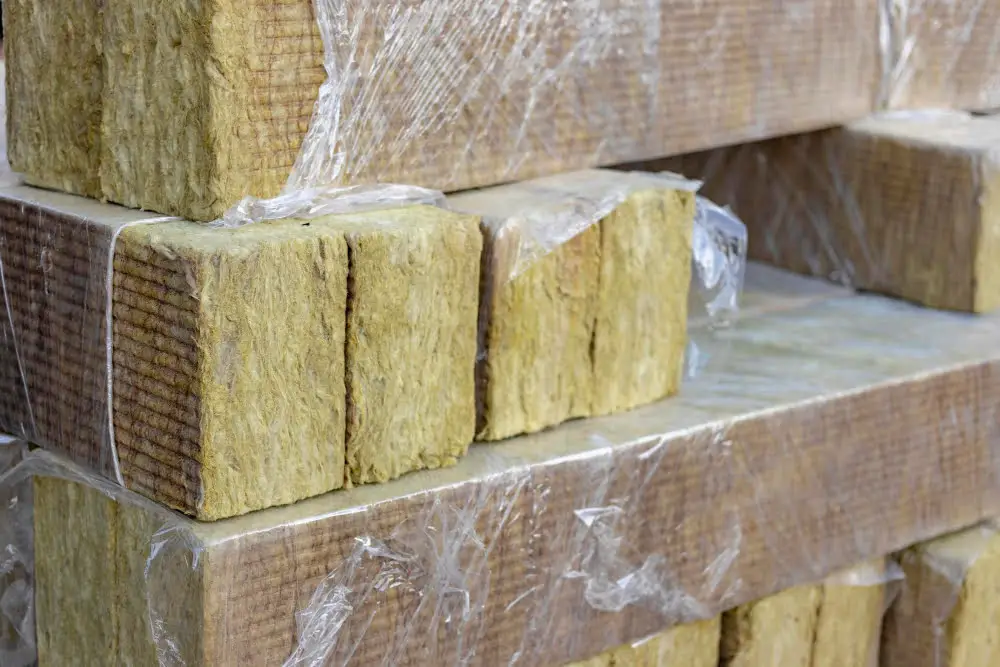
When selecting insulation material, consider thermal efficiency, fire safety, and acoustic performance. These factors largely depend on the material’s R-value, a measure of its thermal resistance. Higher R-value translates to better insulating properties.
Mineral wool, fiberglass, and spray foam are commonly employed insulation materials. Mineral wool and fiberglass, while budget-friendly, require careful installation to prevent sizable gaps that could lead to heat loss.
Spray foam offers superior adhesive properties, filling gaps and cavities. Nevertheless, it comes at a higher cost. For buildings in highly noisy areas, acoustic insulation adds an extra layer of comfort and efficiency.
While cost is an important factor, long-term insulating effectiveness and the specific requirements of your building also need to be factored into your choice of insulation. Remember to always adhere to local building regulations when choosing and installing insulation.
Measuring and Cutting Techniques for Metal Ceiling Installation
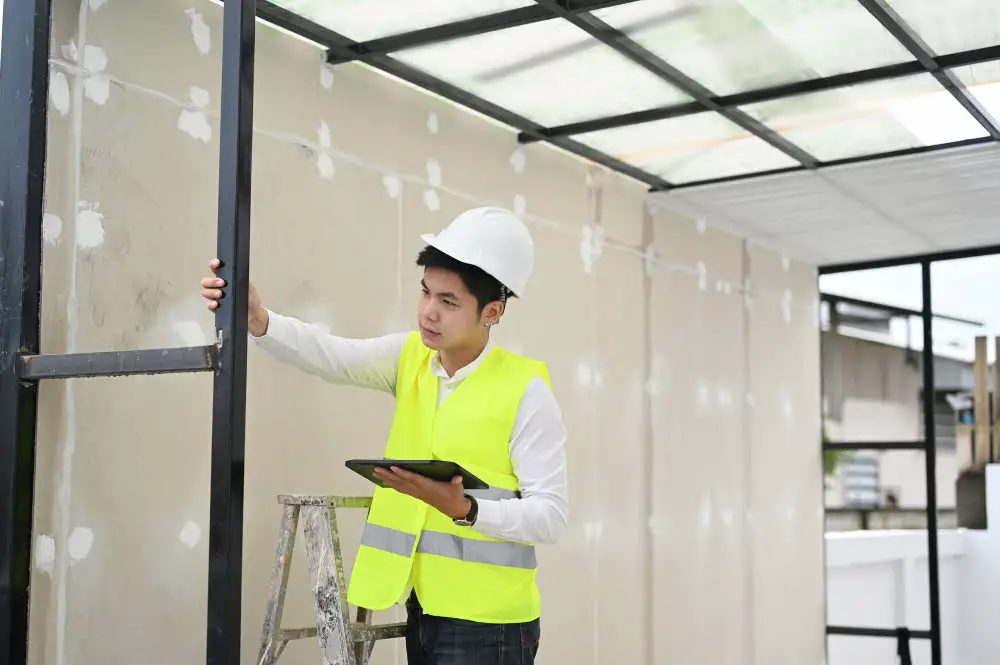
To ensure a precise fit for your ceiling panels, accurate measurements of the room are paramount. Start by measuring the length, width, and height of the building. Do not forget to account for any sloping in the ceiling or irregularities in the building’s frame. These measurements will guide you on the dimensions of the metal panels required for the ceiling installation.
Following the measurements, proceed to cut your metal panels. It is advisable to use a power shear for neat and clean cuts. Remember, always use appropriate safety gear such as gloves and protective eyewear when handling and cutting the metal panels to protect against potential injuries.
One essential technique to utilize during cutting is to make small notches at the points where the ceiling panels will intersect with walls or frames. This ensures a seamless fit at these points, enhancing the final outlook of your metal ceiling.
Do note, the cutting phase calls for precision and patience. Any mistakes made during this stage may result in material wastage or an ill-fitting ceiling – compromising your project’s overall finish and appeal.
Detailed Guide On Installing a Metal Ceiling in a Metal Building
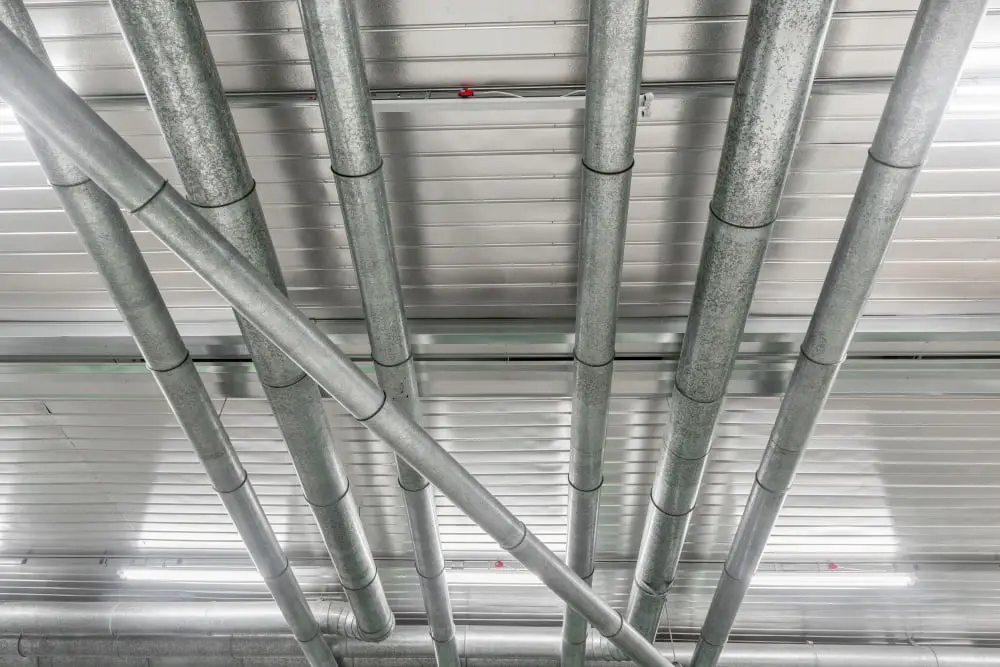
To begin, ensure that your building structure is properly prepared. This includes any necessary bracing for the metal suspension system. Such structures are often available as kits, specifically designed for metal ceiling panels.
Here are some steps to follow:
- Start with installation of the suspension track around the perimeter. This establishes the level of your new ceiling. Use screws suitable for metal buildings, driving them into the frame.
- Install the main support beams that run across the width of the building. Employ a laser level to ensure the accurate positioning of these beams.
- Next, insert the cross tees between the main beams. These will provide additional support and a framework for the metal ceiling panels.
- Lastly, place the metal panels into the grid, ensuring they sit securely within the skeleton framework. Some systems use a tongue-and-groove style for additional security.
Always follow the manufacturer’s guidelines, wear protective clothing and safety equipment when working with metal. A properly installed metal ceiling can greatly enhance the functionality and appearance of your metal building.
Benefits of Putting a Metal Ceiling in a Metal Building
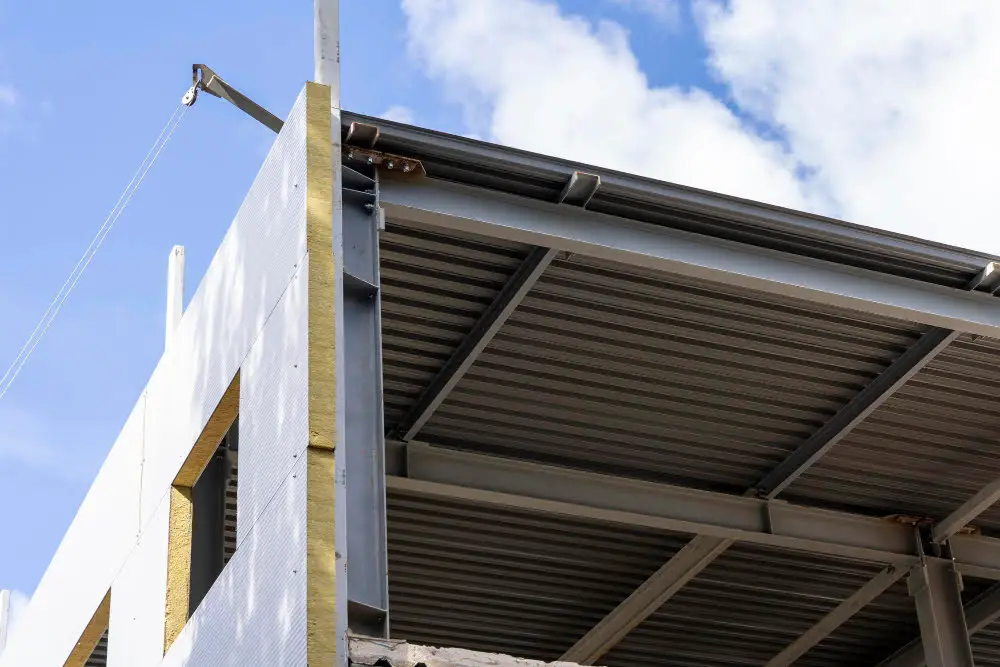
Employing a metal ceiling in your structure offers several advantages that heighten its value and sustainability. For starters, metal ceilings provide an excellent level of durability. They can withstand harsh environmental conditions and last for decades with little maintenance.
Operational costs can also be driven down due to their high energy efficiency. Through their inherent properties, metal ceilings can provide effective insulation, maintaining indoor temperature and reducing the need for extensive heating or cooling.
Another noteworthy advantage is their ease of installation. Despite being tough and sturdy, metal is relatively easy to work with. It can often be installed without professional help, making the process more manageable and cost-effective.
Moreover, metal ceilings come in a wide range of designs, styles, and finishes. Whether you value a sleek, modern aesthetic or prefer a more rustic look, there is a metal ceiling option to suit your preference.
Important Factors to Consider Before Installing a Metal Ceiling in a Metal Building
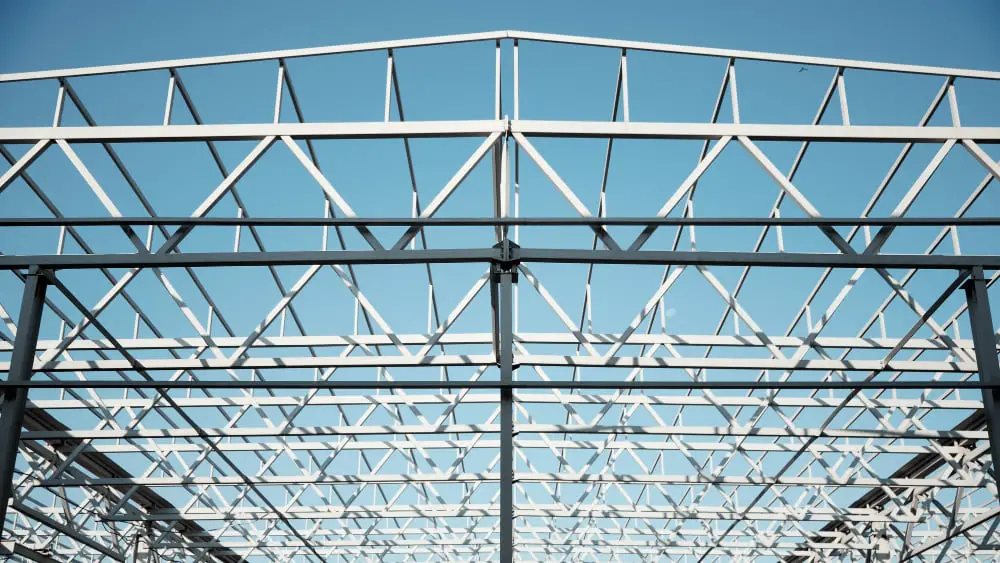
Firstly, the structural integrity of the building is of utmost importance. Ensure the metal beams supporting the ceiling are strong enough to carry the additional weight of a ceiling.
Secondly, consider the materials you will use for the ceiling. They should be durable, fire-resistant, and able to insulate against heat and cold.
Thirdly, refresh knowledge of building codes and requirements. Different areas have specific regulations concerning building construction, including ceilings.
Next, factor in the cost. The project budget should cover materials, labor, and any unforeseen expenses that may arise.
Lastly, keep in mind the intended use of the building. If the building is meant for storage, simple corrugated metal might suffice. But, if it’s for business, a more polished look may be necessary for aesthetic purposes.
Each of these considerations plays a crucial role in ensuring a successful and efficient ceiling installation.
Common Questions Regarding Metal Ceiling Installation in Metal Buildings
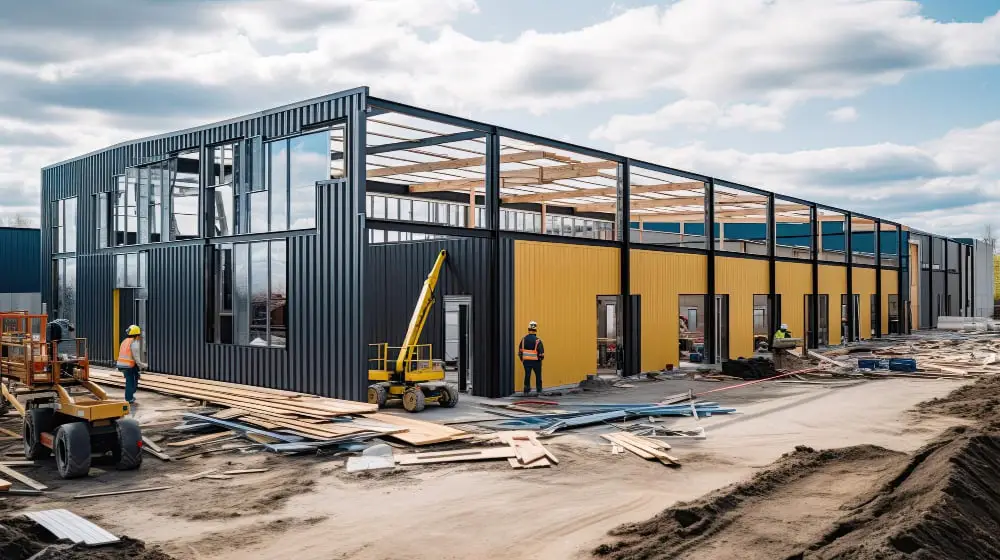
1. What materials do I need for installation? – Generally, you’ll need your choice of metal ceiling panels, a stud finder, leveling tool, screws, and insulation material. Always make sure to check with your supplier for a full list of necessary tools.
2. How much time is required for installation? – While the duration can vary based on your building size and experience level, most metal ceiling installations take between a couple of days to a week.
3. Is the process a DIY or should I hire professionals? – If you’re comfortable with construction projects and have the proper tools, you could certainly tackle this DIY. However, hiring professionals could save you time and potentially prevent costly errors.
4. What are the maintenance requirements? – Metal ceilings are highly durable and require minimal upkeep. Regular dusting and occasional washing with a mild detergent should suffice.
5. What’s the ideal type of insulation for my metal ceiling? – Many choose either fiberglass or rigid board insulation for their metal ceilings. Both provide excellent thermal performance and have proven to be effective in metal buildings.
6. Can I install lights or fans into a metal ceiling? – Yes, once properly installed, a metal ceiling can support light fixtures and ceiling fans. Be sure to plan the layout beforehand to ensure appropriate wiring.
Remember, installing a metal ceiling in your metal building provides not only aesthetic value but also improved temperature control and noise insulation, making it a worthwhile investment.
FAQ
What materials are used for metal ceilings?
The materials used for metal ceilings predominantly include aluminum, steel, and galvanized iron.
What is the cheapest way to insulate a metal building?
The cheapest way to insulate a metal building is by using fiberglass, as it offers the lowest installed cost per R-value.
How do you insulate a metal building after its built?
After a metal building is constructed, insulation can be added via the implementation of a banding system, which involves screwing steel bands, usually one inch wide, to the underside of the metal purlin at 30-inch intervals to create a roof grid system.
What type of insulation is best for a metal building?
The best type of insulation for a metal building is a fiberglass insulation system that includes a vapor retarder to prevent condensation.
How can you effectively soundproof a metal building’s ceiling?
To effectively soundproof a metal building’s ceiling, one can install acoustical insulation, soundproofing foam panels, or suspended acoustical ceiling systems.
What are the necessary steps to retrofit a metal building with a drop ceiling?
To retrofit a metal building with a drop ceiling, the necessary steps include measuring and planning out the ceiling structure, installing the suspension grid, positioning and securing the ceiling tiles, and adding any required insulation.
Can radiant barrier be used on a metal building’s ceiling, and what are its benefits?
Yes, a radiant barrier can be used on a metal building’s ceiling and it helps in reducing heat absorption, lowering energy costs and improving comfort within the building.
Recap
